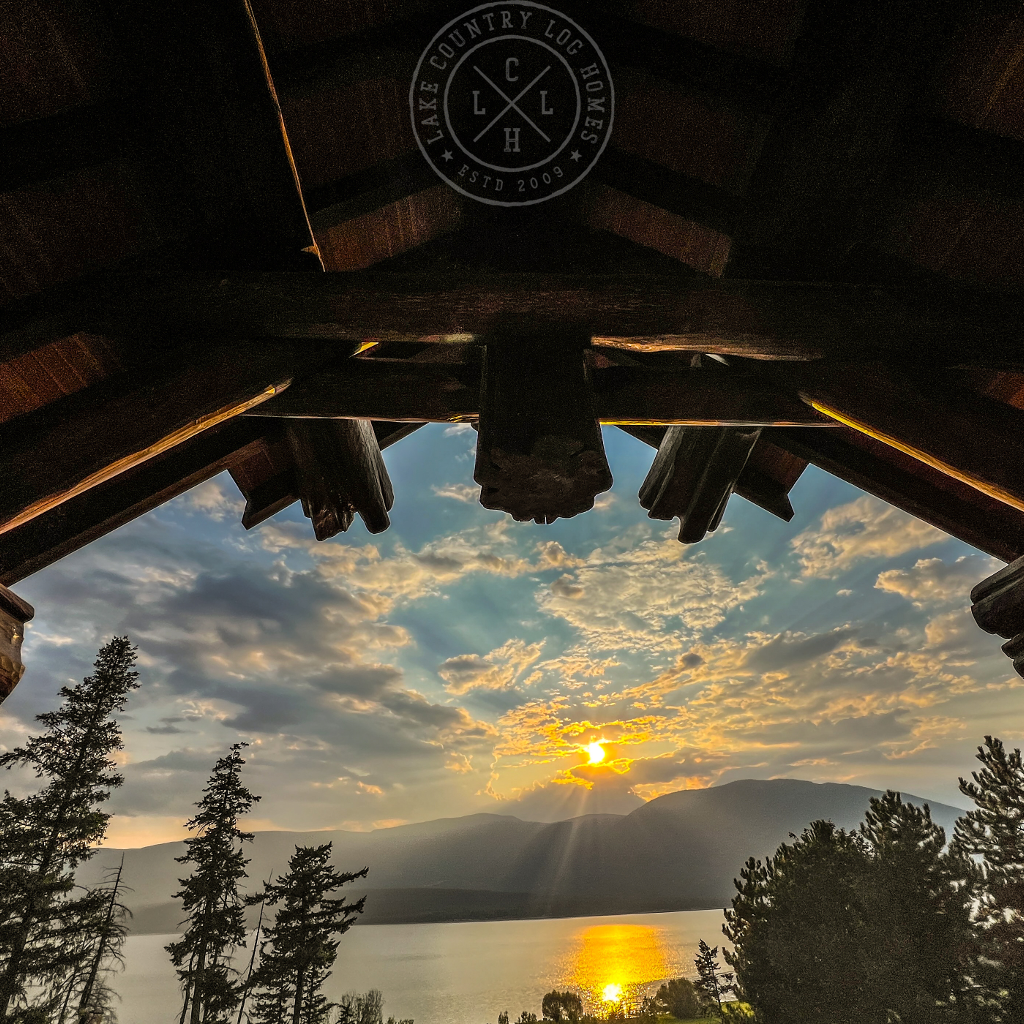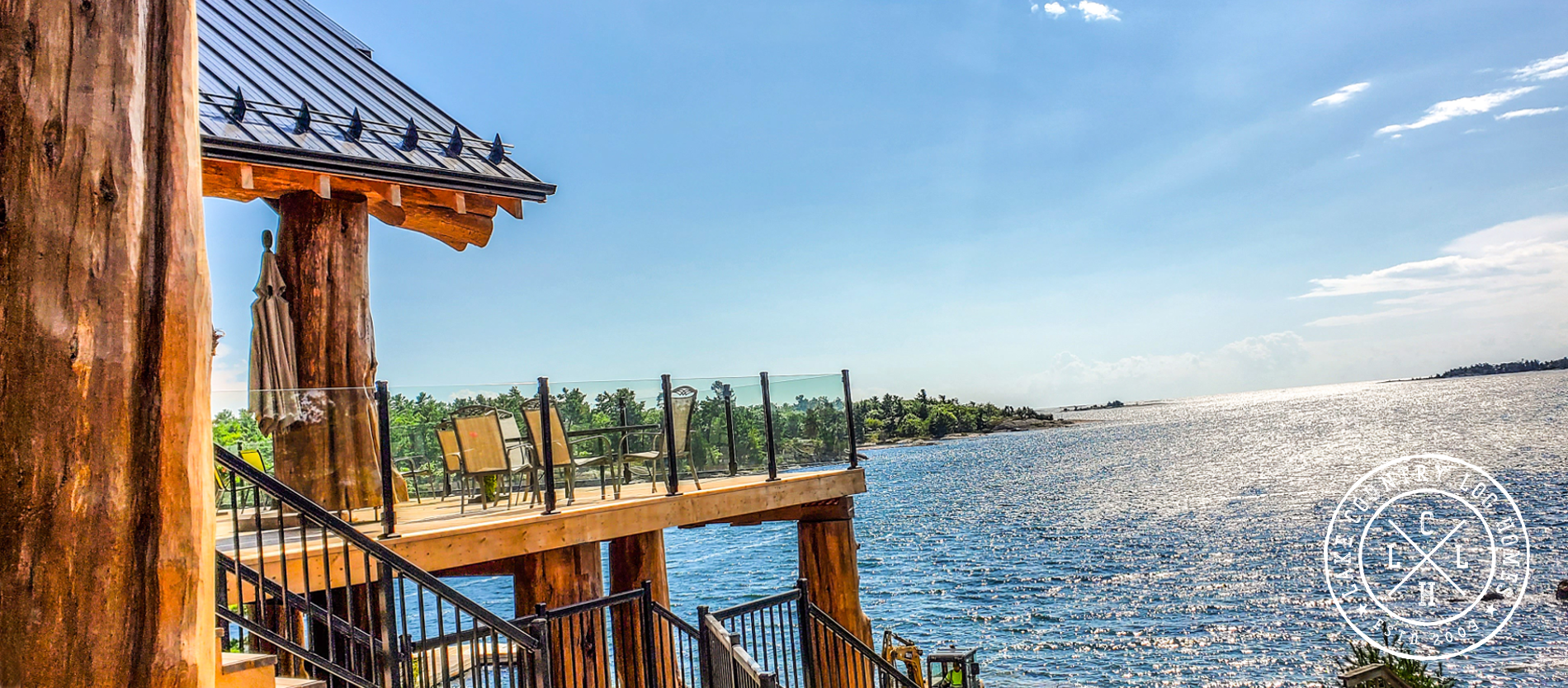A lakeside log cabin brings with it a quiet kind of satisfaction—morning light on still water, and the warmth of handcrafted logs catching the sunrise. But before you get to any of that, there’s one thing that has to come first: the land. Choosing and preparing the building site is an early and essential step—one that can either make the rest of the process smooth or lead to major complications.
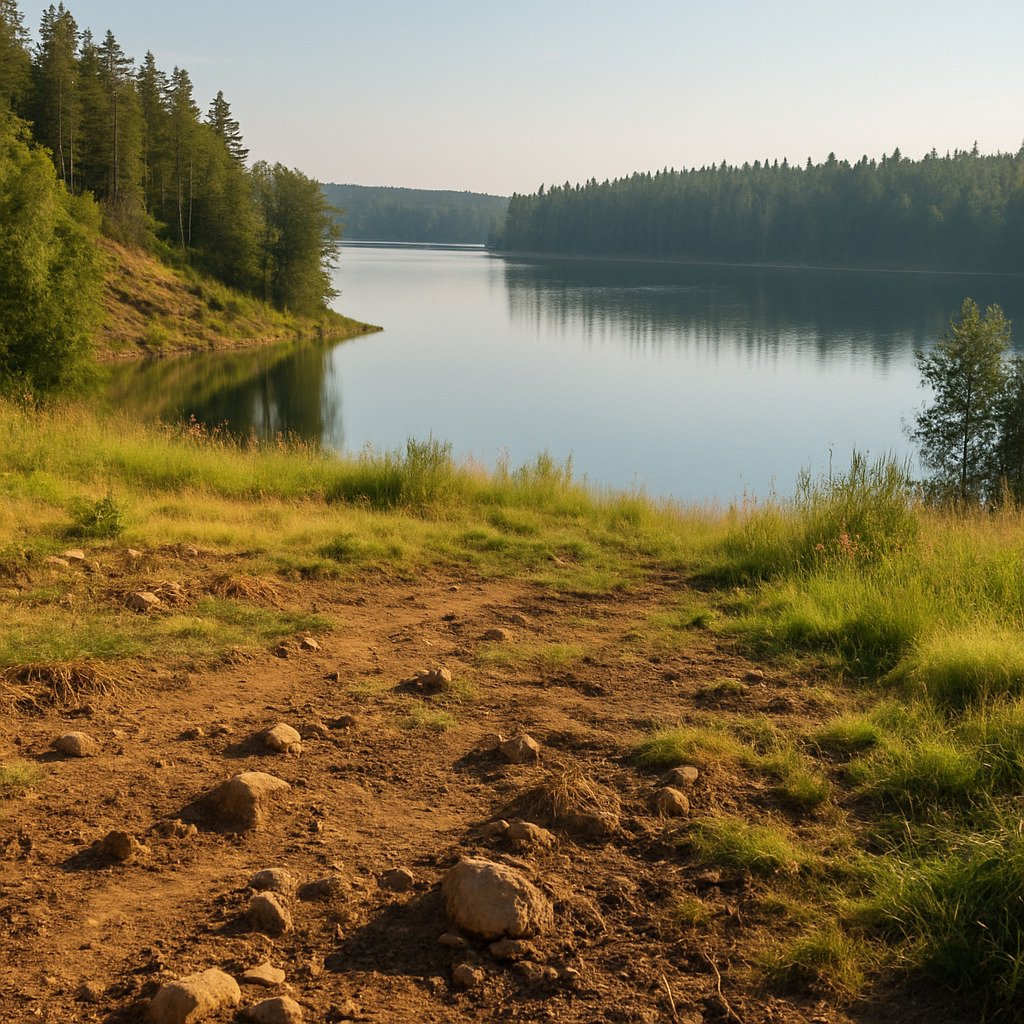
Choose Your Lot Wisely
Not all lakeside lots are created equal. Some might have stunning views but poor winter access or soggy ground that doesn’t drain well. Shoreline erosion is another concern; if the bank isn’t stable, it could eventually threaten your foundation and violate environmental rules. In much of Canada—including BC and Ontario—cabins must be built at least 30 metres from the high-water mark
While this is usually addressed during permitting, it’s smart to know ahead of time—especially if you’re picturing your cabin close to the water. Understanding setbacks early helps you and your designer make smarter layout choices, like how to angle the building and place windows for the best lake view without needing costly design changes later.
Secure the Right Permits
Before you clear trees or sketch out a floor plan, check what permits you’ll need. Lakeside builds often require a development permit, shoreline or riparian assessments, septic approval, and sometimes an archaeological site review. In BC, the Riparian Areas Protection Regulation applies near water. Ontario has similar rules via Conservation Authorities.
Good contractors usually handle this, but eager homeowners sometimes jump the gun—clearing brush or grading before approvals. That can trigger fines or stop-work orders. To stay on track and avoid penalties, contact your planning office first. Let your contractor guide the process, but don’t assume it’s safe to start without the green light.
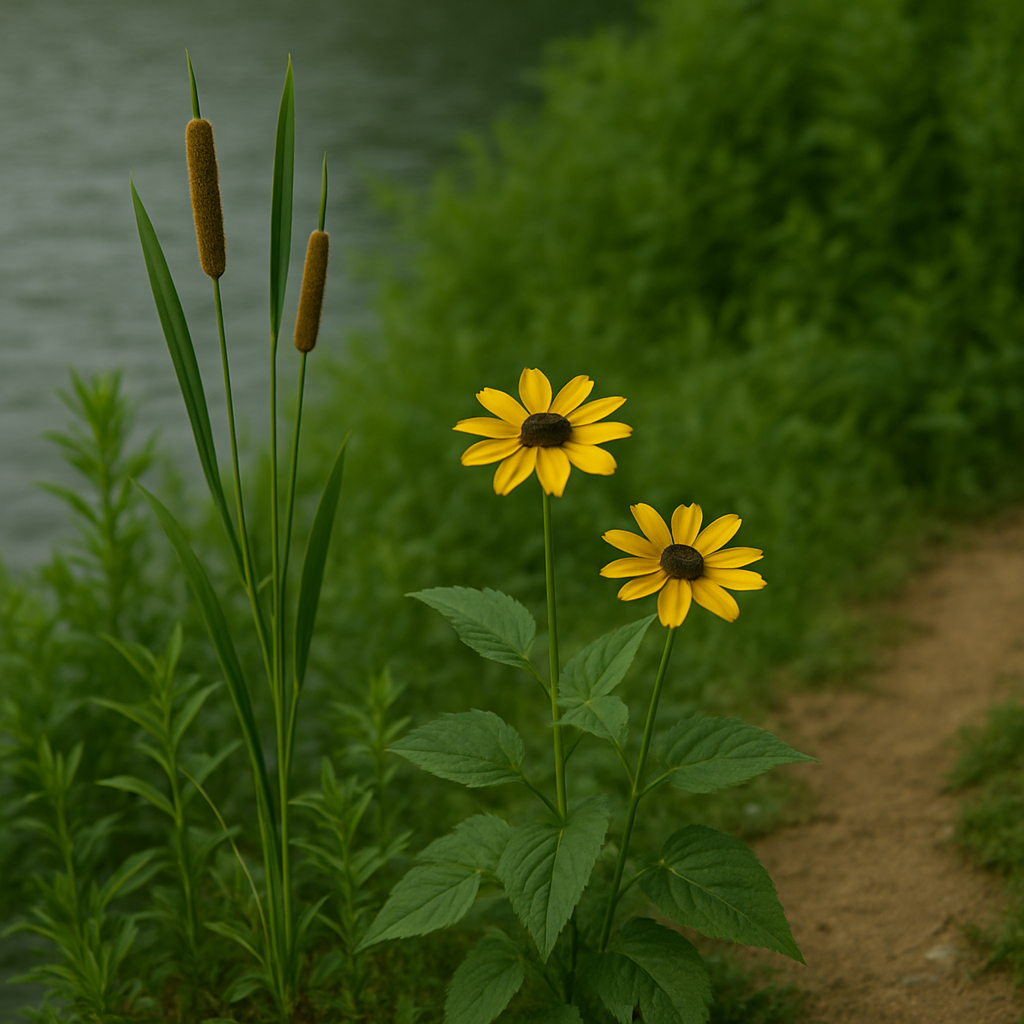
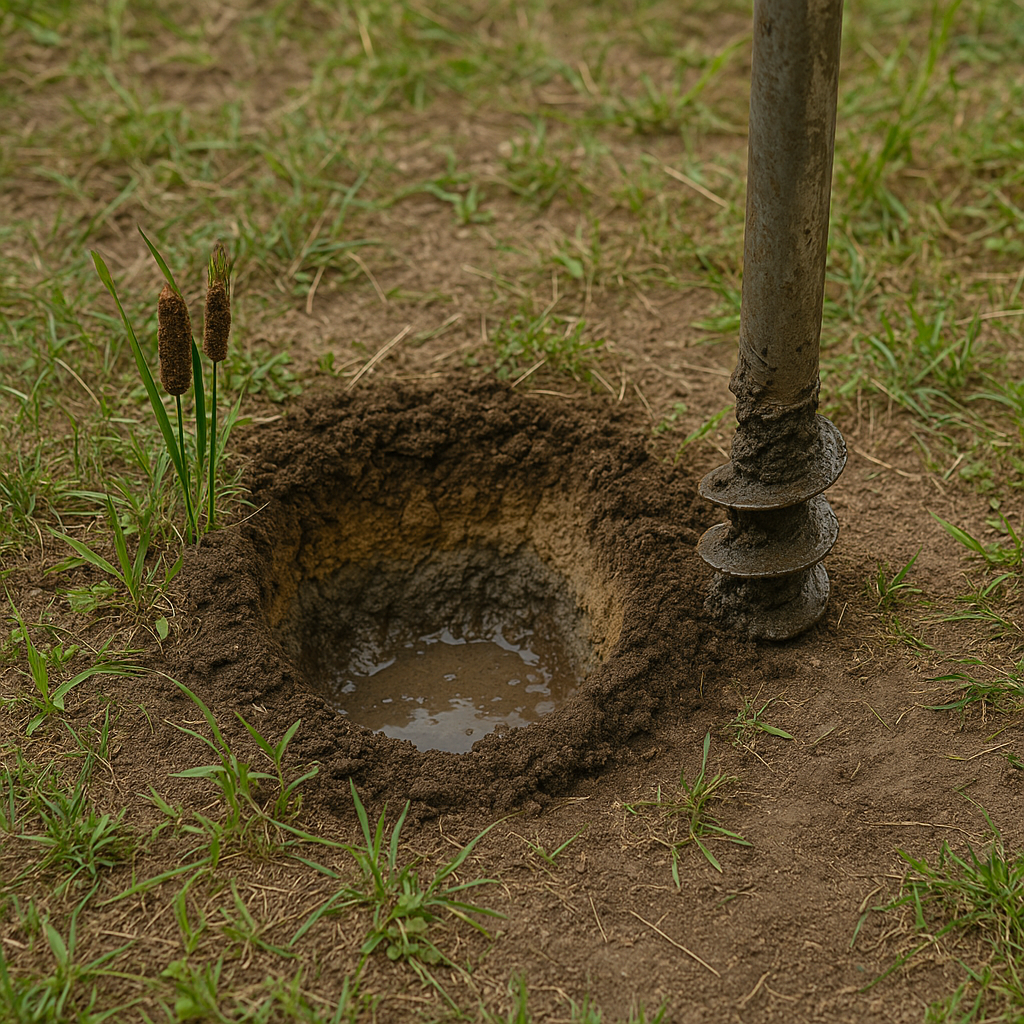
Identify Problem Soils Early
Waterfront land can look ideal, but soil type matters. Clay or organic muck often drains poorly and might require engineered fill or specialized septic systems. While your engineer will handle this later, it’s wise to know early—before you buy.
Failing a percolation test could rule out a basic septic system, while constant runoff may require grading or French drains. These aren’t huge issues if expected, but can cause headaches if not. Being aware early helps you ask smarter questions and avoid land that could drain your budget instead of supporting your plans.
Choose the Right Foundation
With guidance from your contractor and engineer, you may have input on the foundation type—especially if the land allows more than one option. Pier foundations are great for rocky or sloped lots. On flat, colder ground, frost-protected shallow foundations (FPSF) help reduce frost heave and can be more cost-effective.
Basements near high water tables—common around lakes—can cause moisture issues and long-term maintenance problems. In those cases, above-grade designs are usually safer. You won’t make this decision alone, but understanding the pros and cons helps you avoid land that raises costs or limits your cabin plans.
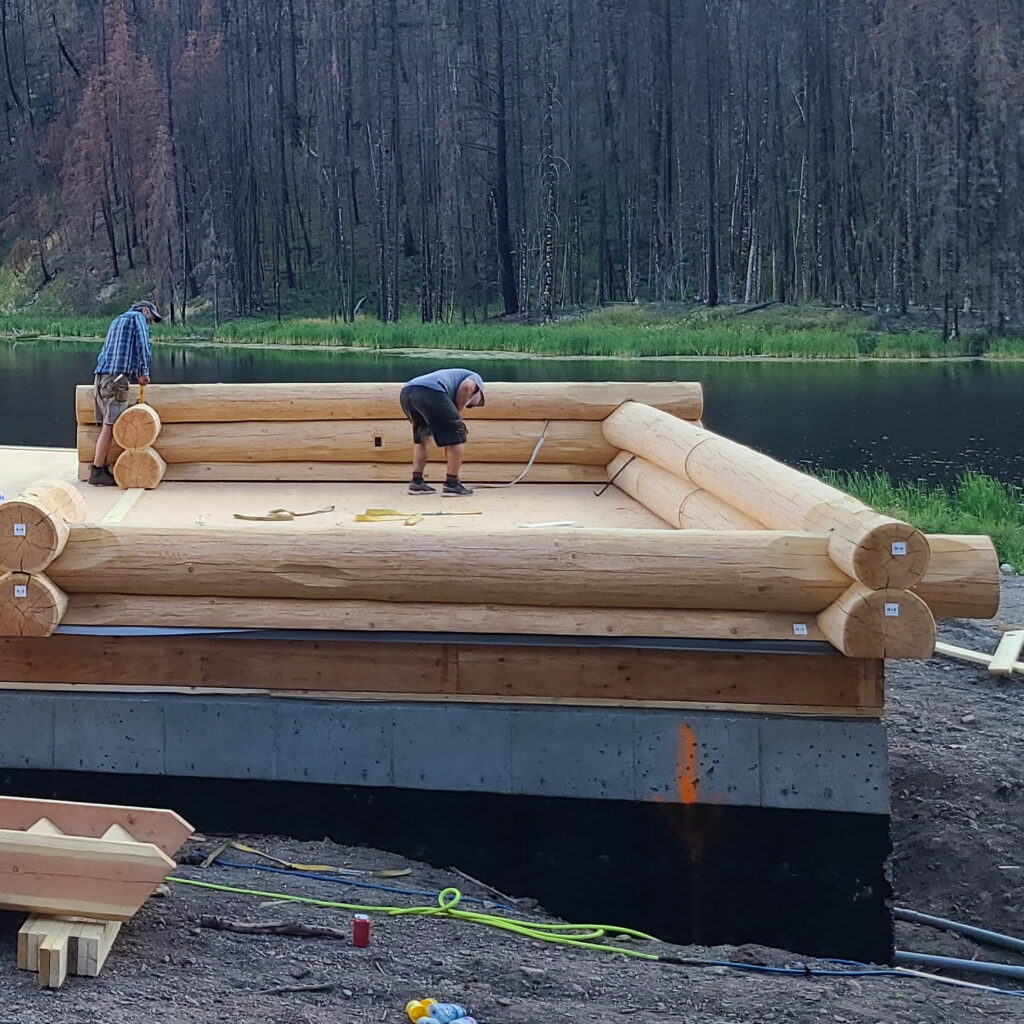
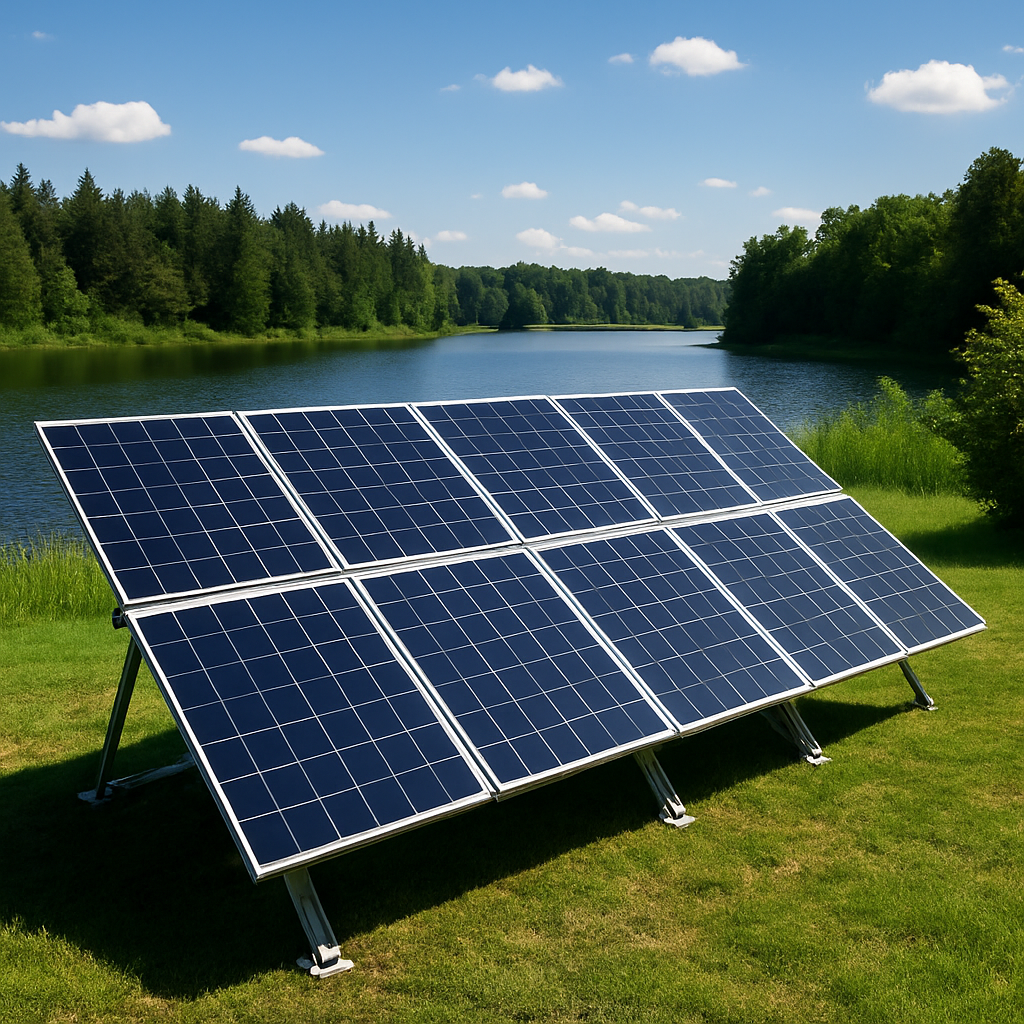
Plan Your Utilities
Setting up utilities is a crucial part of early cabin planning, especially in remote or lakeside areas. If local infrastructure is accessible, you may be able to connect to the power grid and community water. However, lakeside builds often require some level of self-sufficiency. Many cabin owners use a hybrid power system—typically solar panels with a generator or propane backup. Water systems vary widely, from drilled wells to filtered lake intake systems, depending on local regulations. Septic systems must be approved by the local health authority and must comply with specific distance requirements from both the cabin and the lake.
Plan for Expansion
A lakeside log cabin isn’t just a weekend escape—it’s a long-term investment. Smart planning should reflect how your needs might evolve over the next 10 or 20 years. Maybe today the cabin is simply a quiet getaway, but down the road it could become a place for family gatherings or even your full-time home. Consider how your layout, infrastructure, and cabin placement will affect future possibilities. Leave room for additions like a garden, tool shed, or guest cabin. Even the way you orient the cabin can impact whether future expansions are smooth or frustrating. Thoughtful choices now can ensure your cabin continues to meet your needs for decades to come.
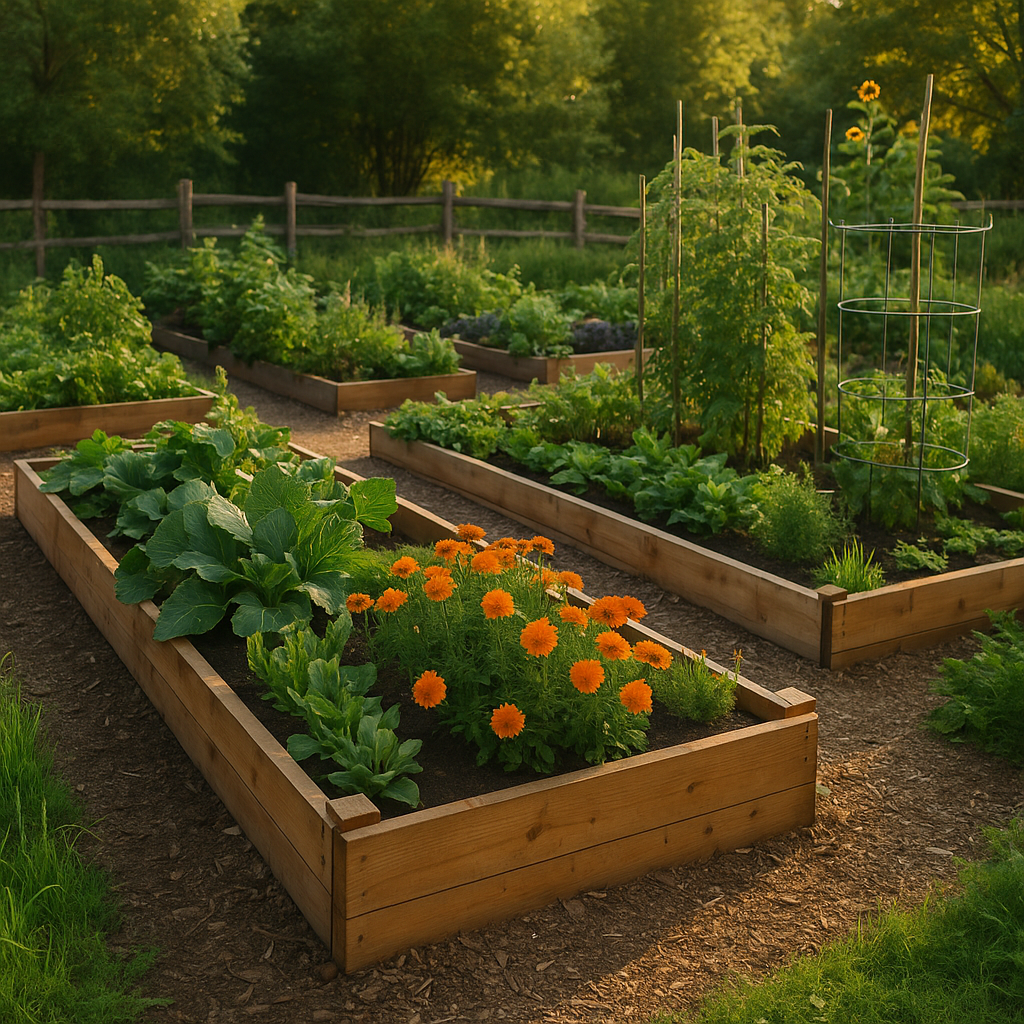
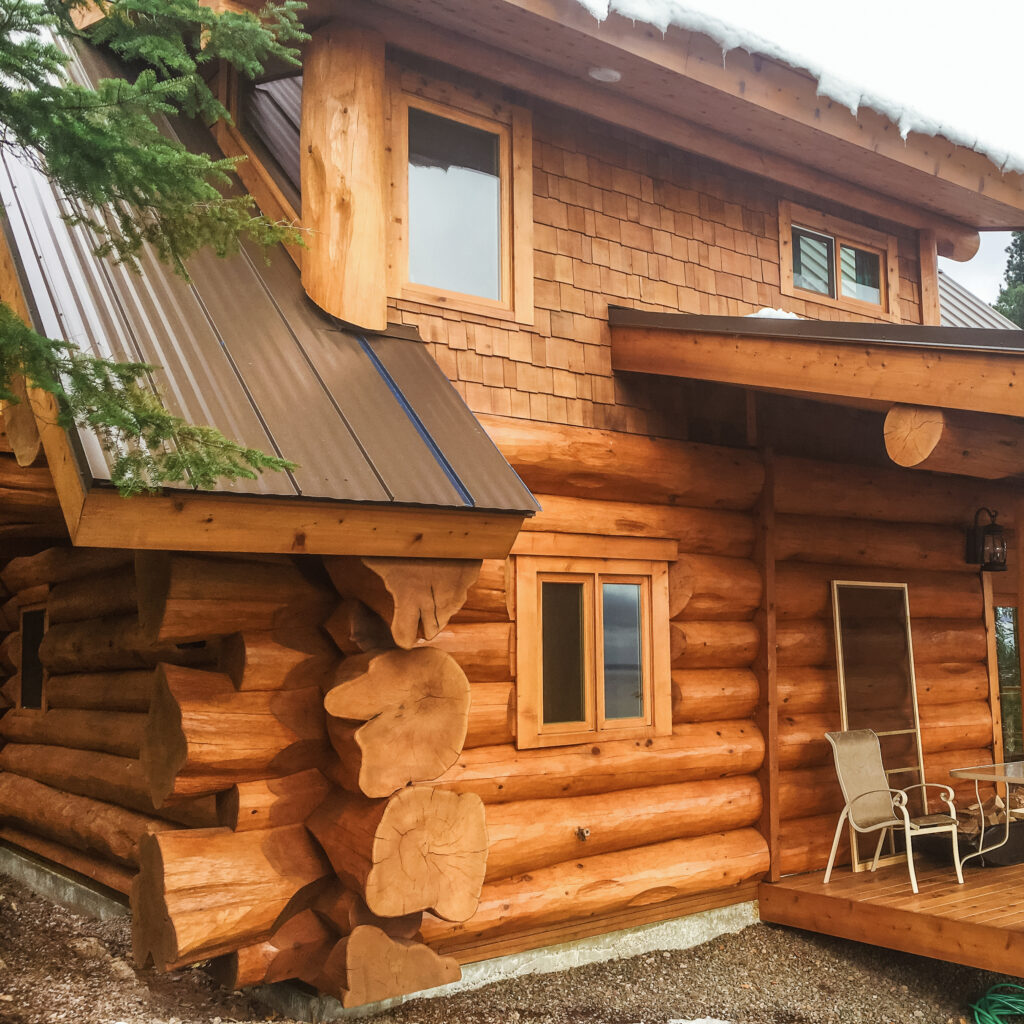
Plan for Safety
Safety considerations—especially fire protection—should be part of your earliest planning. Start by clearing brush and flammable vegetation from around your future cabin; it’s a simple step that makes a big difference. Fire-resistant materials, like metal roofing, can add another layer of defense. If you’re building off grid, be sure you have a way to access and pump water from the lake in case of fire. Taking these steps early reduces risk and sets your project on solid footing.
Make the Right Choices Early
It’s the early choices that determine how smooth your lakeside log cabin construction will be—and how much freedom you’ll have in the future. Selecting the right lot can give you space for additions like a garage, garden, or guest cabin later on. Understanding setbacks helps you avoid building too close to property lines, which could block future expansions. Getting permits in place early means you won’t be forced to redesign mid-project. And checking the soil helps you choose the right foundation from the start, instead of being locked into expensive or limiting fixes. When you understand how your site affects utilities, structure, and layout, you’re not just building for today—you’re keeping the door open for what comes next.
